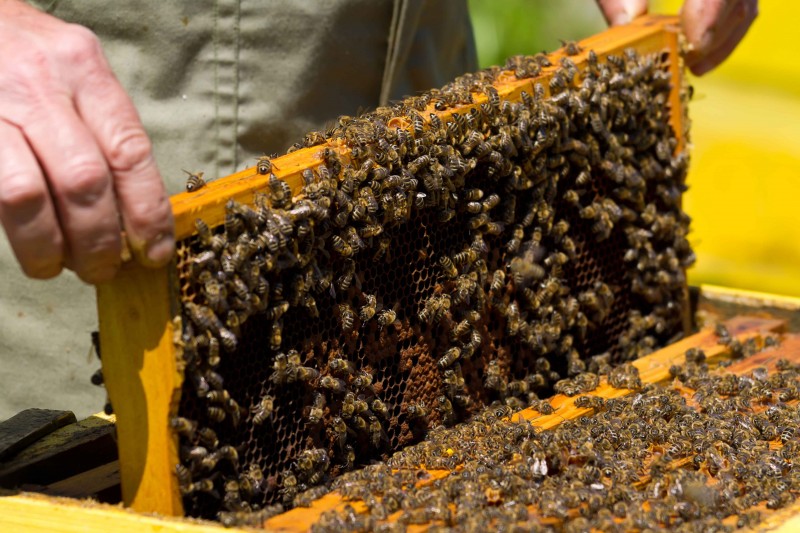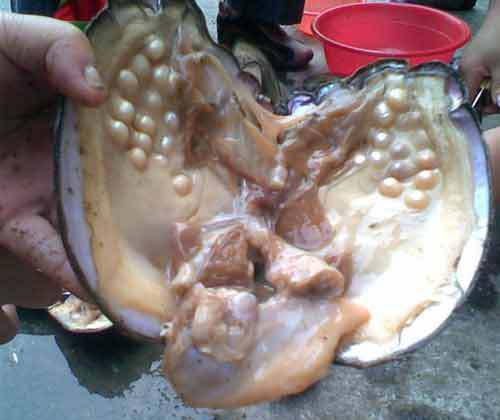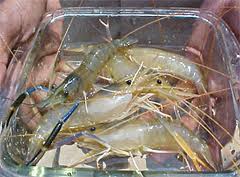ü
पेरिप्लैनेटा (कॉकरोच) आर्थोपोड़ा संघ
का ज्तु है।
ü
मच्छरों में मुख उपांग भेदन एवं
प्रचुषण प्रकार का होता है।
ü
कॉकरोच में उत्सर्जी अंग मैलपीधी
नलिकाएँ होती हैं।
ü
कॉकरोच के हृदय में कक्षों की संख्या 13
होती है।
ü
पीत ज्वर मादा ऐडीज से; वूचीरेयिया
बैन्क्रोफ्टाई माइक्रोफाइलेरिया मादा क्यूलेक्स मच्छर से ; मलेरिया- मादा
ऐनफेलीज; तथा टैंगू जावर-ऐडीज ऐजिप्टाई द्वारा फैलाया जाता है।
ü
कॉकरोच तथा केंचुवा रात्रिचर और
सर्वाहारी जन्तु है।
ü
कॉकरोच हीमं हीमोग्लोबिन विहिन ‘खुला
रुधर परिसंचरण तंत्र’ पाया जाता है। जिसका प्रमुख कार्य अवशोषित पोषद
पदार्थों का वितरण होता है।
ü
बिच्छू : यह आर्थोपोड़ा संघ का जन्तु
है। जिसके चार जोड़ी पैर, दो बड़े मध्यवर्ती तथा 2 से
5 जोड़ी छोटे पाश्र्व नेत्र एवं बुक-लन्गस द्वारा श्वसन होता है। इसके
पुच्छदण्ट का पश्च भाग डंकनुमा होता है। इसके छोर पर विष ग्रन्थियाँ खुलती हैं।
देहगुहा हीमोसाएनिन युक्त हल्के नीले रूधिर से भरी हीमोसील है। यह एक लिंगी जन्तु
है। मैथन से पहले प्रणयनिवेदन नाच करता है मैथुन के बाद मादा प्राय: नर को मारकर
खा जाती है। निषेचन एवं भ्रणीय विकास मादा के शरीर में। मादा एक बार में 2-3
दर्जन शिशुओं को जन्म देती है।
ü
केकड़ा : यह आर्थोपोड़ा संघ का जन्तु
है। इसका शरीर चौड़ा व चपटा
-सा, पृष्ठतल की ओर खण्डों में या सिर,
वक्ष
एवं उदर भागों मे विभेदित दिखायी नहीं देता, क्योंकि सिर और
वक्ष भाग में विेभेदित दिखायी नहीं देता, क्योंकि सिर और वक्ष भाग मिलकर बड़ा व
चौड़ा-सा शिरेवश्र बना लेते हैं। वृन्तों पर एक जोड़ी संयुक्त नेत्र होते हैं।
वक्ष के अन्तिम 5 जोड़ी उपांग लम्बे चलन-पाद पहली जोड़ी के पाद
शिकार को पकड़ने तथा शत्रु से लड़ने हेतु बड़े, मजबूत व
सँडसीयुक्त चौड़े शिरोलक्ष तथा लम्बे पादों द्वारा केकड़े पक्षवर्ती गमन कर सकते
हैं। उदर उपांग अविकसित। नर में केवल दो जोड़ी उदर-उपांग मैथुन अंगों के रूप में
तथा मादा में 4 जोंडी उदर-उपांग अण्डों को साधने के लिए
रूपान्तरित। श्वसन जल-क्लोमें द्वारा। एकलंगी। जीवनृ-वृत में जूइया नामक शिशु प्रावस्था।
इसके कायान्तरण में वयस्क है।
ü
टिड्डी : संघ-आर्थोपोड़ा; शरीर
सिर, वङ तथा उदर में विभक्त; सिर पर एक जोड़ी ऐन्टिनी, एक
जोड़ी बड़े संयुक्त नेत्र, तीन जोड़ी छोटे सरल नेत्र तथा भोजन को
कुतरने एवं चबाने वाले मुख-उपांग। इनकी कई श्रेणिया एवं जातियाँ संसार भर मे खुले,
हरे
मैदानों, खेतों, बगीचों आदि में घास-फूस पर पायी जाती हैं।
खेतों के लिए हानिकारक। कुछ के सदस्य सीमित क्षेत्रों मे एकाकी कुछ के यूथचारी एवं
भ्रमणशील और ये बड़े-बड़े टिड्डी दल बनाकर मीलों उड़ते हैं. देहगुहा रक्त या
हीमोलिम्फ से भरी हीमोसील रक्त में श्वसन रंगा नहीं। श्वसन श्वास नालों द्वारा।
श्वास रन्ध्रों की 10 जोडियाँ, उदर भाग में।
पहले 4 जोड़ी रन्ध्रों में अन्त:श्वास तथा अन्तिम 6 जोड़ी रन्ध्रों
से उच्छ्वास होता है। उत्सर्जन मुख्यत: मैल्पीघी नलिकाओं द्वारा। नर एवं मादा के
बाह्य जननांग अपेक्षाकृत सरल। र में केवल एक बड़ा शिसन तथा मादा मे तीन जोड़ी
काइटिनयुक्त अण्डनिक्षेपण प्रवर्ध। प्रवर्धों द्वारा मादा भूमि में गड्ढे खोदकर
अण्डे देती है।
ü
कोलोसल स्कविडस 12-18
मीटर लम्बा सबसे बड़ा अकशेरूकी जन्तु है। इनकी मोटाई 6 मीटर तक तथा
भार कई-कई टन तक होता है। यह मोलस्का संघ के अन्तर्गत आते है.
ü
कनखजूरा, सहस्रपाद,
पॉरोपस,
आर्थोपोडा
संघ के जन्तु है।
ü
समुद्रीय प्रकृति में बहुत से जीव एवं
कीट स्वयं प्रकाश उत्पन्न करते हैं। प्राणियों द्ारा स्वयं प्रकाश उत्पन्न करने की
इस क्षमता को ‘जीपदीप्ति’ कहते है।
ü
जीव पदार्थ में कार्बोहाइट्रेटसकी
मात्रा 1 प्रतिशत होती है, परन्तु पृथ्वी पर कार्बोहाइट्रेट्स ही
सबसे अधिक पाए जाने वाले कार्बनक पदार्थ होते हैं। ये मानव आहार के प्रमुख घटक और
समस्त जीवों के लिए ऊर्जा के प्रमुख स्त्रोत होते है।
ü
मोनोसैकेराइड- सरलतम् कार्बोहाइड्रेट्स,
अपचायक,
अधिककांश
मीठे, अणुओं में 3 से 7 कार्बन परमाणु। हेक्सोज एवं पेव्टोज
मोनोसैकेराइड्स- ग्लूकोस (अंगूर की शर्करा) तथा फ्रक्डोस (फलों की शर्करा)।
ü
ग्लूकोस- रुधिर शर्करा; ईंधन
पदार्थ (सभी जीवों में ऊर्जा का मक्य स्त्रोत)।
ü
फ्रक्टोस- सबसे मीठी प्राकृतिक शर्करा।
मधुमेह के रोगियों के लिए इससे 235 गुणा अधिक मीठी कृत्रिम शर्करा- सैकरीन।
ü
सर्वाश्रेष्ठ पेन्टोज मोनोसैकेराइड्स-
राइबोस (आर एन ए में) तथा डीऑक्सीराइबोस (डी एऩ ए) मैं।
ü
बहुलकीकरण में मोनोसैकेराइड अणुओं को जोड़ने वाला बन्ध-
ग्लाइकोसिडिक बन्ध।
ü
ओलिगोसैकेराइड्स- माल्टोस (ग्लूकोस +
ग्लूकोस) अनाज (मुख्यतः जौ) में, लैक्टोस (ग्लूकोस + गैलेक्टोस) दूध में
तथा सुक्रोस (ग्लूकोस + फ्रक्टोस) गन्ने में। किण्वन द्वारा माल्टोस से जौ की
मदिरा तथा लैक्टोस से दही बनता है। मालटोस और लैक्टोस अपचायक।
ü
पोलीसैकेराइड्स- अनेक मोनोसैकेराइड इकाइयाँ
समान इकाइयों के होमोपोलीसैकेराइड्स तथा असमान इकाइयों के हिटरोपोली-सैकेराइड्स।
ü
होमोपोलीसैकेराइड्स- संचयात्मक (मण्ड,
ग्लाइकोजन,
डेक्स्ट्रॉन)
तथा संरचनात्मक (सेलुलोस, काइटिन, आदि)
ü
हिटरोपोलीसैकेराइड्स- जीव शरीर में
बाह्यकोशिकीय अवलम्बन होतु संयोजी ऊतों की श्लेष्मी पोलीसैकेराइड्।








